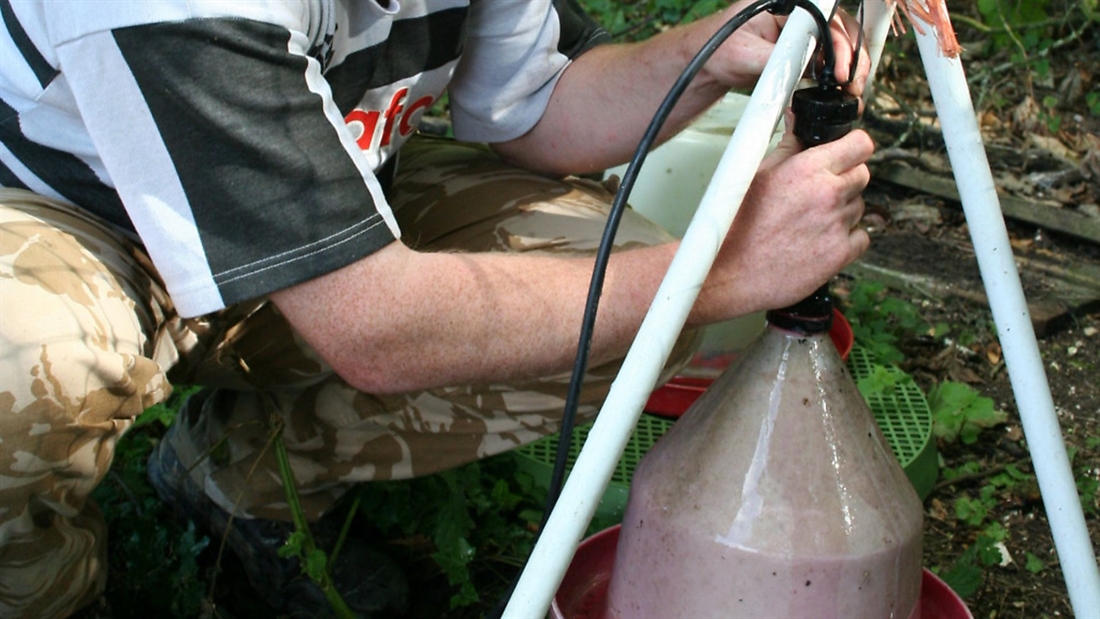What can I do to guard against hexamita?

If your pheasants had hexamita last year, do you need to worry about it this year? What can you do to protect your poults from hexamita? An expert answers…
Q: I am a keeper of a shoot that releases about 4,000 pheasant poults. Last year, my birds had hexamita in two pens. Do I need to worry this year? Will hexamita ‘stay’ on the ground?
RITA ALVES of Dalton’s Game Consultancy replies: Hexamita is a motile protozoan (parasite) that when present in high levels in the intestines of pheasants and partridges causes enteritis with yellow diarrhoea and severe weight loss. Spironucleosis, the scientific name for the disease, usually occurs in pheasants between three and nine weeks of age, but can be seen in birds from 10 days old to 13 weeks.
Clinical signs include yellow diarrhoea, depression, dehydration and rapid weight loss. Mortality can vary from 1% to 50%. We know that transmission occurs by ingestion of faecal droppings or contaminated feed, although the lifecycle of the disease has not been established.
The Game & Wildlife Conservation Trust has done some work that suggests that an infective form of the parasite has a relatively limited survival time outside the host bird. Our experience confirms this. If you do have it every year, you may need to review your management and husbandry with your vet.
When it only happens in one pen, our experience says that it is usually the pen where you have more birds or the one that gets less sunlight, assuming that they were not affected on arrival.
Depending on their age, birds can carry small levels of hexamita in their intestines without showing clinical signs, but usually stress will compromise their immune system – and that’s when disease strikes.
Prevention comprises good husbandry and management. Moving feeders and drinkers daily to avoid hotspots (areas highly contaminated with faecal droppings); having plenty of drinkers and feeders; releasing birds earlier from the pens; and avoiding high stocking densities are some measures which can help to prevent the disease.





